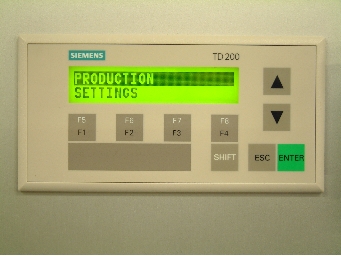Machine Information Systems
Technical Stuff

Technical Know-how
and Design Construction Analysis
Technical (pronounced tek-ni-cal) is defined
as relating to,
or derived from technique.
A person who was said to be
technically specialised would suggest someone who has a special skill or practical knowledge unique to a specific field or profession. Such as the scientific, electronic or mechanical fields of practice.
For instance, the dictionary definition defines technical drawings as a drawing or plan, drawn to scale, used to convey direction and specifics to a group of people creating something.
Technicians, engineers, plumbers, electricians, landscape architects, inventors and many others, all use technical drawing as a method to capture a master plan or blueprint of the project or job in hand. The blueprint or plan will have all the details of every aspect of the the creation to enable the workers to build the object detailed in the schematic or plan.
In order to do this, build the project that is, some specialist knowledge or skills in the shape of a specialist technician or engineer type person may well be required. But it doesn't end there because there's definitions, specifications, communication protocols, modifications, analysis and more to do during and beyond the creation process.
Luckily, this page is a technical focal point to link/glue/anchor all the mechanical, electrical, electronic hardware, software, program designs and know-how together.
Comms formats like RS232, its connections and wiring. As well as the schematics of electrical circuits and technical drawings of parts and electronic circuit diagrams that are in use in machine information systems.
Designed to give you a good understanding of the forms of technology and methods that are in use today that machine information systems have adopted and utilise in their collection and processing of data needed by the machine information system users.
The technological solutions to some problems, in complex control systems around today, have actually only come about through the advancement in computer technology. As computers have become faster and more advanced in their processing, they can now achieve things through speed that simply weren't possible a few years ago.
This is especially true of real time control systems that have been made with dedicated electronics doing all the fast processing needed. But the operational speed of processors has grown and will continue to grow exponentially, although that in itself has brought along a new set, hither to, unseen hurdles.
In spite of that, technology is overcoming more problems than it's creating which is the essence of advancement. Don't you just love the world today. A relatively new (well newish) advancement is optical (in this case character) recognition, look at all the new traffic cameras. Number plate recognition cameras in use now for a variety of ways to penalise the motorist.
These devilish new devices take a picture of a passing car number plate. Then use special computer software to scan the picture for characters, ie numbers and letters used for number plates. Then uses the index (number plate) number found and cross references it against police and insurance data bases to see if the car is insured/stolen.
This all happens in a matter of seconds and notifies police if anything flags up. For instance a car on the road without insurance or been reported stolen. This tells them where and when the car was sighted and which direction it was heading.
Go from Technical to PLC page.
Have s look-see about the Smallest PLC page.
Have a look at RS232 Pinout page.
Return from Technical page to Home page.
Enjoy this page? Please pay it forward. Here's how...
Would you prefer to share this page with others by linking to it?
- Click on the HTML link code below.
- Copy and paste it, adding a note of your own, into your blog, a Web page, forums, a blog comment,
your Facebook account, or anywhere that someone would find this page valuable.